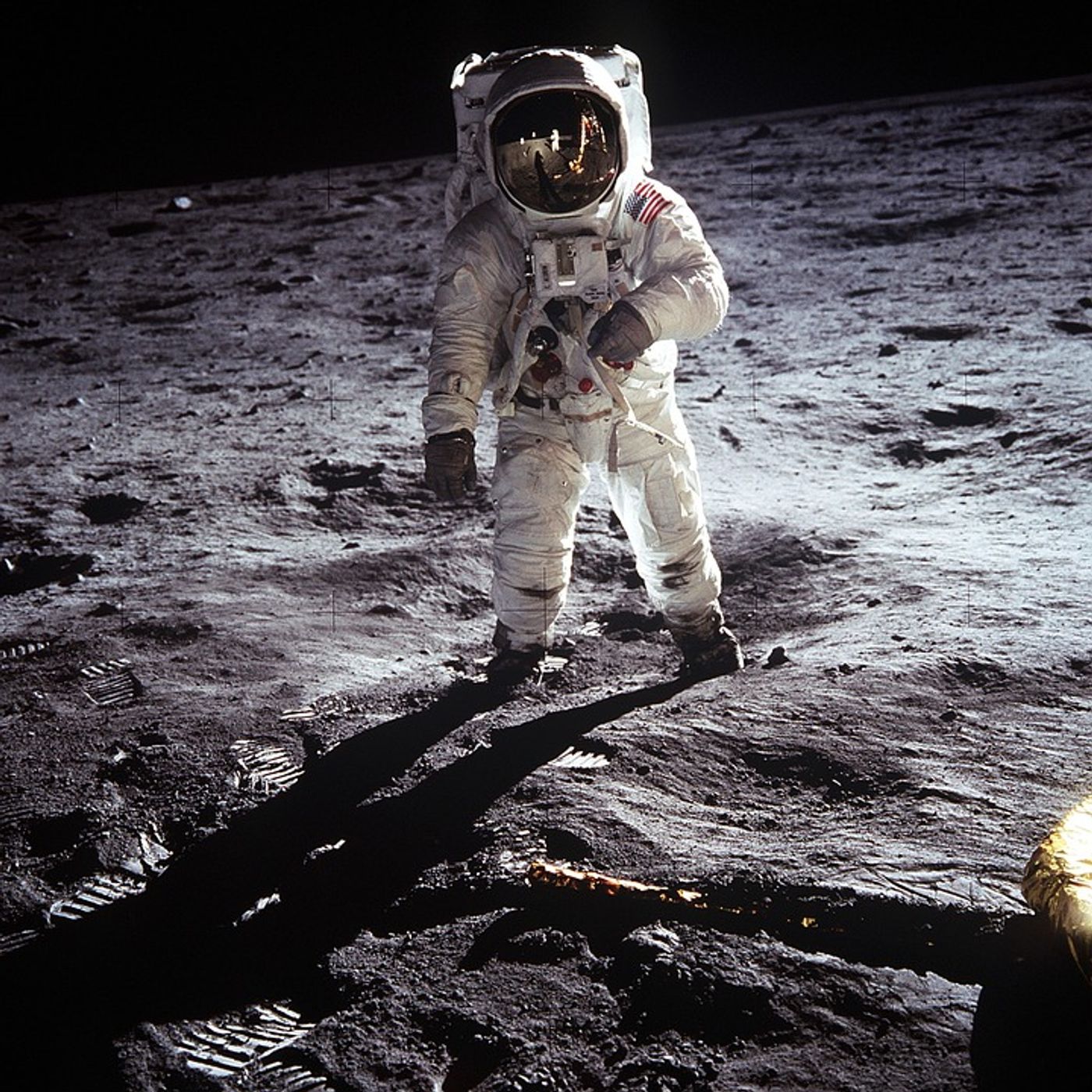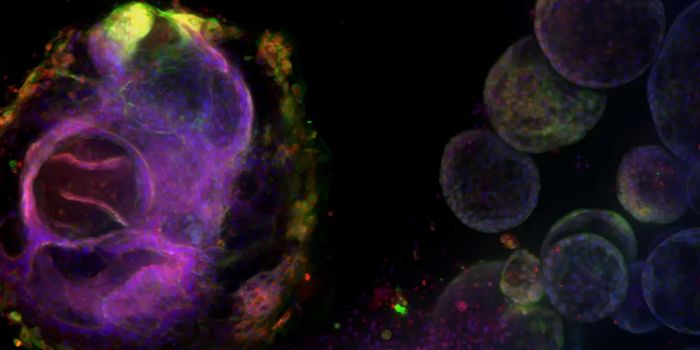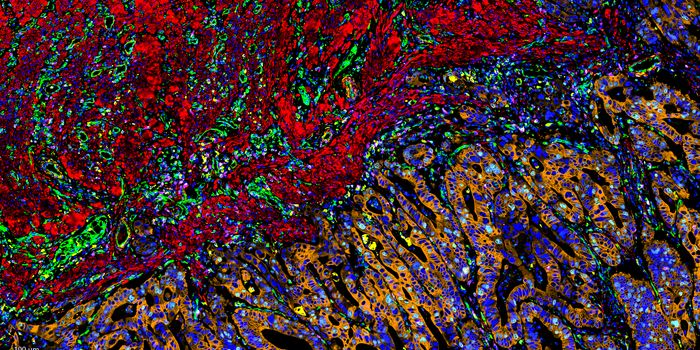Can astronauts withstand radiation on a mission to Mars?
New research published in the journal Science Advances attempts to model the risk of cancer that astronauts will incur from exposure to galactic cosmic radiation. While that may sound like something straight out of a science fiction novel, research from a team led by researchers at Colorado State University suggests that the risk is real.
Entitled, "Genomic mapping in outbred mice reveals overlap in genetic susceptibility for HZE ion- and gamma-ray-induced tumors," the study used a NASA model to test health risks. The model is part of the research that NASA is doing in order to prepare for a human mission to Mar in the 2030s. Yet, the results from this study show that the levels of radiation exposure that astronauts would receive on such a mission put them at over a 3% risk of dying from cancer, therefore exceeding what is considered acceptable.
"The radiation type we're most concerned about are HZE ions or heavy ions," commented Michael Weil, senior author of the study and a professor in the Department of Environmental and Radiological Health Sciences at CSU. "When you're in space, there is nothing to deflect this type of radiation. Some of these heavy ions will punch through a spacecraft hull, so when you send astronauts into space, you're exposing them to these types of radiation."
The radiation Weil is talking about comes from the sun and from supernovas and though its broader effects are widely unknown, we know it can damage molecules, cells and tissues, potentially causing cancer, cardiovascular disease and neurodegenerative disorders. The obvious concern is that astronauts on a mission to Mars would be exposed to this kind of radiation continuously over three years.
Weil and first author Dr. Elijah Edmondson, a veterinary pathologist and researcher based at the Frederick National Laboratory for Cancer Research in Maryland, conducted the study on genetically diverse mice. After exposing the mice to varying levels of radiation, they observed that the heavy ions caused tumors, but no unique kinds of cancer. They also saw that female mice were more susceptible to tumors caused by radiation.
The researchers plan to continue their investigations in other capacities in order to learn more about the potential risks for astronauts bound for Mars.
Sources: Science Advances, Science Daily









